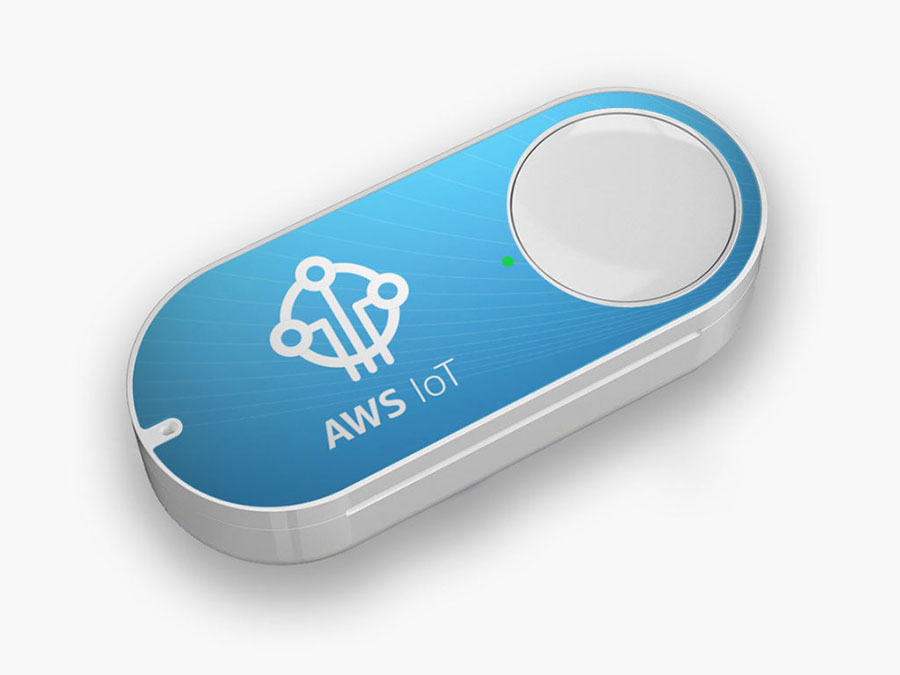Amazon.com, Inc. (NASDAQ: AMAZN) released a new version of its Dash Button. The new button called Amazon Web Services Internet of Things Button, or just AWS IoT Button, is completely customizable. The new product sold out in less than a day.
Amazon did not give any information about why they only made the sale for a day and did not say anything about whether the buttons will be sold again.

The AWS IoT Button
The new AWS IoT Button by Amazon offers new features, which allows it to connect to different Amazon services without requiring special knowledge in technology. It is a programmable option that lets people control IoT devices.
Amazon says that if people know something about technology and programming, they can code the button to work with a lot of things. On the website, Amazon says that people can use the new button to unlock or start their cars, open garage doors, call a cab, call people, track the use of household chores, medications or products, or control home appliances as if people were using a remote control. Amazon also said that people can program the button to use it with apps and programs like Netflix.
Amazon was selling the new AWS IoT buttons in $19.95.
Amazon Dash vs AWS IoT Button
The Amazon Dash buttons let users order products like pet food, toilet paper, or caffeinated beverages by pressing the internet-connected physical button. The idea is that people can stick the buttons when they get the products and, when the product is running low, they can tap the button and get the order in progress. The Amazon Dash costs only $5, which is $15 less than the AWS IoT buttons.
Before the AWS IoT buttons were released, people already hacked the Dash Buttons to do their automated bidding, to do things like count baby poops.
Amazon tried to make things easier by creating a similar Wi-Fi button, but making it able to connect to logic stored up in Amazon Web Services.
Source: Engadget
